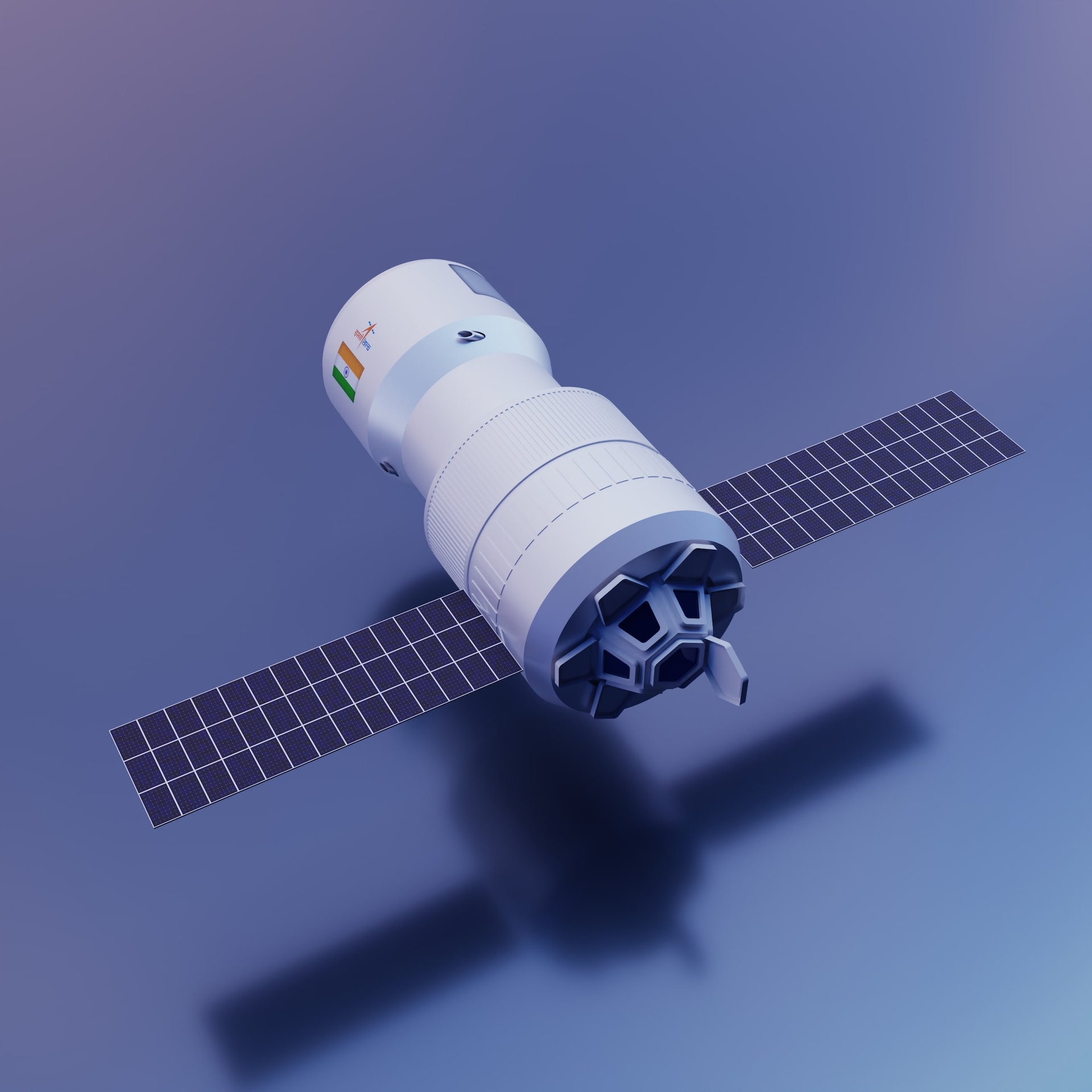Chandrayaan 3 Update: The Purpose of Chandrayaan 3 Mission
What lunar secrets do these missions aim to unlock? In this article, we will delve into the intricate details of Chandrayaan's objectives, shedding light on the mysteries it seeks to unravel. Here is the Chandrayaan 3 information.
1. Mapping the Lunar Surface
One of the primary purposes of the Chandrayaan missions is to create detailed maps of the Moon's surface. Chandrayaan employs remote sensing instruments to capture high-resolution images, and data, facilitating the creation of comprehensive lunar atlases.
2. Investigating the Moon's Water Resources
Chandrayaan-2, with its Vikram lander and Pragyan rover, aimed to further investigate lunar water by studying the polar regions. Understanding the Moon's water resources is crucial for planning future lunar missions and even establishing lunar bases.
3. Studying Lunar Exosphere and Volatiles
Chandrayaan missions have carried instruments to study the Moon's exosphere, a thin and tenuous layer of gases surrounding the lunar surface.
4. Unraveling the Moon's Geological History
By analyzing lunar rocks and soil, scientists can piece together a timeline of lunar events, shedding light on the Moon's formation and evolution.
5. Understanding Lunar Magnetism
The Moon lacks a global magnetic field like Earth, but certain regions exhibit localized magnetic anomalies. Chandrayaan missions aim to study these anomalies and understand the Moon's magnetic history. Insights into lunar magnetism can provide valuable clues about its internal structure and its interactions with Earth and the solar wind.
6. Contributing to Global Lunar Research
Chandrayaan missions contribute to global lunar research efforts. International collaboration is a hallmark of space exploration, and Chandrayaan projects offer opportunities for cooperation with other space agencies and organizations. Shared data and findings from Chandrayaan missions enrich our collective knowledge of the Moon.
7. Inspiring Scientific Curiosity and Innovation
Beyond its scientific objectives, Chandrayaan inspires scientific curiosity and innovation. These missions capture the imaginations of various scientists, engineers, and aspiring space enthusiasts. They furthermore help to encourage young minds to pursue careers in space science and technology, fostering a new generation of explorers.
8. Paving the Way for Future Lunar and Deep-Space Missions
Chandrayaan's successes and challenges are building blocks for more ambitious endeavors beyond Earth.
Chandrayaan 3 Launch Date and Time
Chandrayaan 3 launch date was on 14 July 2023 and Chandrayaan 3 launch date and time was at 09:05 UTC from Satish Dhawan Space Centre Second Launch Pad in Sriharikota, Andhra Pradesh, India. But is Chandrayaan 3 successful? YES
The Chandrayaan 2 orbiter has captured images of the Vikram lander from Chandrayaan 3, which went into sleep mode on Monday. Near the Moon's South Pole, it may be seen dozing off on the lunar surface as it waits for morning. Given that it can tolerate the ongoing extreme cold, there is hope that the lander will be able to revive when sunlight returns.
The goals of Chandrayaan-3's mission are:
To show Safe and Soft Landing on the Surface of the Moon
To showcase roving lunar rover technology
to carry out in-situ scientific research.
Chandrayaan-3, an Indian lunar mission, wrote history on August 23 at 6:04 p.m. when it made a successful landing on the moon's surface. India becomes the first nation to have ever successfully completed a "soft landing" on the Moon's south pole thanks to the Lander. Then, a rover emerged from the Lander, a small vehicle designed to move about on the surface of the Moon.
It's no secret that the Indian Space Research Organization carefully prepared the Chandrayaan 3 cost project, including everything from launch to landing and sample return, despite the fact that many people may not be familiar with it. For ISRO, the Chandrayaan-3 mission has cost a total of $75 million.
The Chandrayaan 3 Lander had to convert from a horizontal to a vertical position in order to facilitate a gentle descent onto the surface on August 23, as it entered the final 15 minutes of its attempt to make a soft landing on the Moon.
The accomplishment of ISRO is very encouraging for future space exploration projects. Gaining control of the Lunar South Pole opens up new opportunities for long-term lunar presence and scientific investigation as the international space community focuses on wider exploration.
The accomplishment of the Chandrayaan-3 mission not only improves India's standing in space exploration but also inspires young researchers, engineers, and aspirational thinkers all around the country. It emphasizes how crucial audacious goals, careful preparation, and teamwork are while attempting to expand human knowledge.
As the country celebrates this historic achievement, attention is now turned to the scientific findings that Chandrayaan-3's Pragyan rover on the Lunar South Pole will produce. Humanity's understanding of the Moon, how it formed, and its place in the cosmos will definitely improve as a result of the information obtained.
In fact, India's success with Chandrayaan-3 supports the idea that there is no end to the universe's potential for exploration and discovery, rather it is just the beginning.
FAQs on ISRO Moon Mission Chandrayaan 3: Exploring India's Lunar Ambitions
1: What was the chandrayaan scientist name?
There were not one but many scientists who contributed to the success of chandrayaan. The names are
S. Somanath, Chairman, ISRO
P Veeramuthuvel, Project Director
S Unnikrishnan Nair, Director, Vikram Sarabhai Space Centre
B N Ramakrishna, Director, ISTRAC
S Mohana Kumar, Mission Director
M Sankaran, Director, U R Rao Satellite Centre
Kalpana K, Deputy Project Director
Muthayya Vanitha, Deputy Director, UR Rao Satellite Center
Ritu Karidhal Srivastava, Senior scientist, ISRO
2: How much time chandrayaan took to reach to moon?
ISRO estimates that it will take Chandrayaan-3 between 42 and 45 days to reach the moon's surface. It is anticipated to arrive on August 23, 2023, and to stay on the moon's surface for around a lunar day—14 days on Earth—of operation.
3: What was chandrayaan speed per hour?
Chandrayaan-3 final Moon orbit speed to be 6,000km/h.








